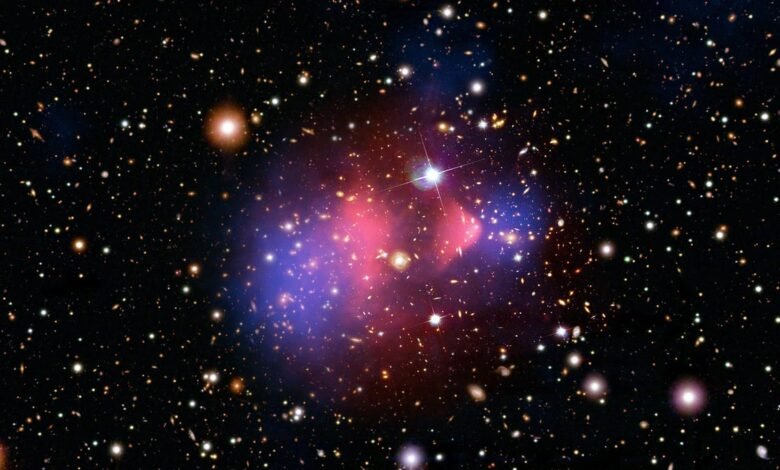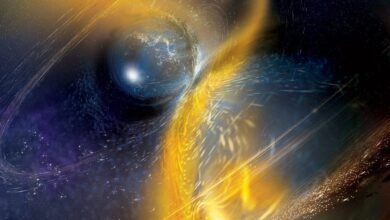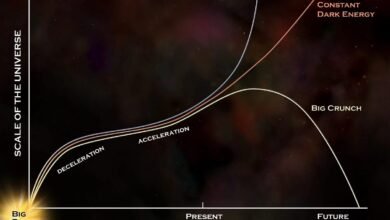
NASA’s only flagship X-ray telescope ever, Chandra, still works and has no planned successor. So why does the President want to kill it?
On March 11, 2024, the Biden-Harris administration released the President’s budget for the 2025 fiscal year. Despite touting itself as supporting space and climate leadership, it instead seeks to do the unthinkable: to completely kill off NASA’s flagship X-ray observatory, Chandra. Launched in 1999, Chandra will celebrate 25 years in space on July 23 of this year: continuing a long string of NASA missions to monumentally surpass its originally planned mission lifetime. Chandra is the highest-resolution, most sensitive X-ray telescope ever launched, and not only continues to deliver high-impact, cutting-edge results, but has enough fuel left to continue functioning for another decade or more.
X-ray astronomers have been hoping for a new, superior telescope for decades to take us beyond the limitations of Chandra, So why would the President of the United States recommend that NASA “sunset” our current flagship X-ray telescope?
- It’s not because there’s a successor mission being planned.
- It’s not because the telescope is failing.
- It’s not because the telescope has gotten too expensive to support.
- And it’s not because Chandra has already accomplished all of the good science it’s capable of doing.
In fact, the only reasons that the President gave in the budget report are factually untrue, and now it’s up to Congress to correct the mistake. Unless that occurs, humanity will lose our sharpest, highest-resolution views of the X-ray universe prematurely, when instead we should be investing in keeping what we have today and building a better tomorrow. Here’s the full story.
Every wavelength of light encodes a different set of information about the Universe, and if you want to see them all, you need to both build observatories that are sensitive to those particular…
Source link





